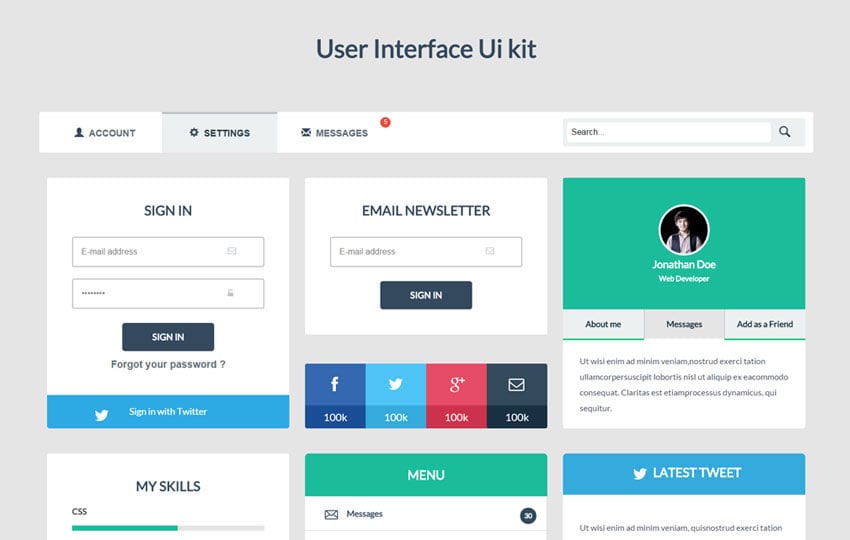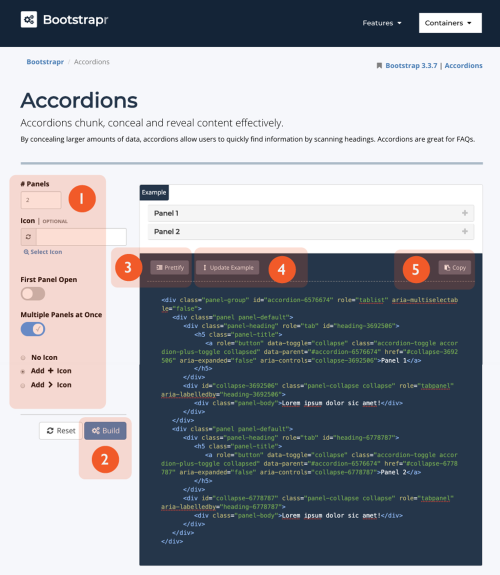

This mode of designing a form takes a bit more effort. Lets us look at the Html required to create an inline form with Bootstrap. This causes all the form elements to be stacked horizontally and wrapped to next line when more space is required. This mode can be enabled by decorating the Form tag with the. So, let us build a default form by writing the following Html:īasic Form 3.2. To leverage this mode we just need to follow the two rules described above for the controls that are part of the form.


This is the default mode of a form with Bootstrap and we do not need to decorate the form tag itself with a Bootstrap CSS Class. This class provides optimum spacing between the controls. The next rule is to group controls and their labels in a div with the class. This class gives the controls a width of 100%. Firstly, all fields of type input, textarea and selects need to be decorated with the class. While styling forms with Bootstrap there are some rules we need to follow regardless of the type of form we are designing. This file hosts the demonstration of an Inline Form developed using Bootstrap Framework. This file hosts the demonstration of a Horizontal Form developed using Bootstrap Framework. This file hosts the demonstration of a Basic Form developed using Bootstrap Framework. I have used the template provided in the Getting Started section of the Bootstrap website as a start. The index.html file contains all the HTML markup.
#Bootstrap user interface builder code#
This file is placed in the root of our project and contains code for a bare minimum web server for our use.
#Bootstrap user interface builder download#
The fonts that came with the Bootstrap download are placed in this folder.Īll Bootstrap JavaScript files and the ones we create reside in this folder. The css folder holds the Bootstrap css files taken from the Bootstrap download.


 0 kommentar(er)
0 kommentar(er)
